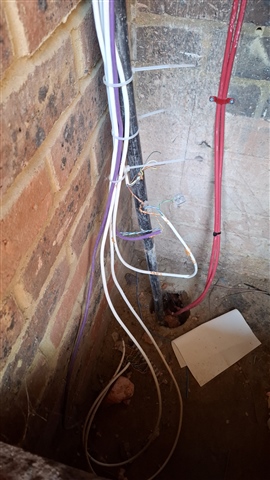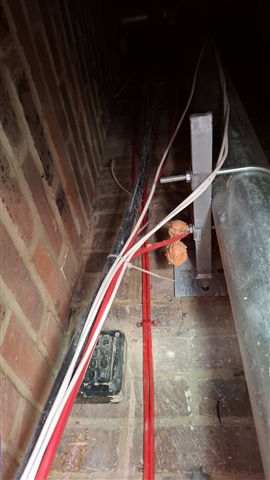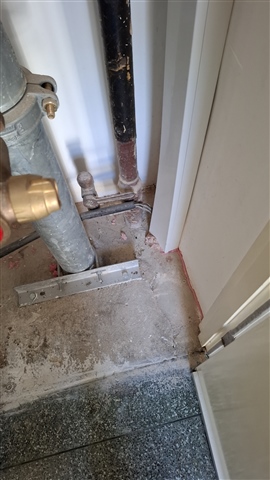in one of our blocks of flats ,we have a short dry riser shaft(up to first floor only) the dry riser continues in cupboards inside the building
this has loose cables inside, look like extra low voltage possibly intercom/door entry , an SWA and some FP 200 type cables
i have been sent to contain them, but i question are they allowed to be there at all?


